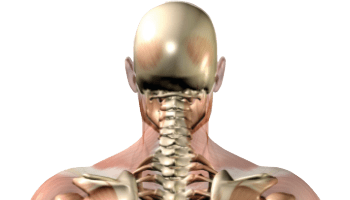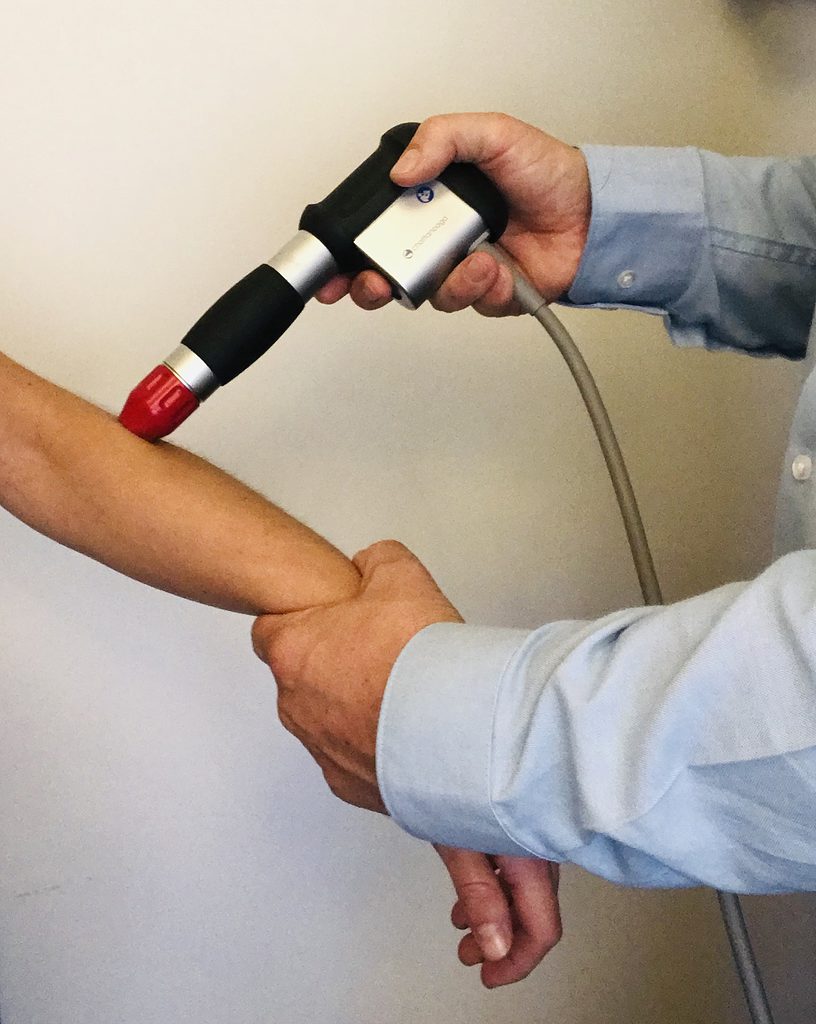Tennis elbow is not just a condition for athletes who swing a racket back and forth on the court. Anyone who frequently uses their forearm (the part between your wrist and elbow) muscles and tendons can develop this irritating condition. This repetitive use can cause small tears and inflammation, which gradually worsens over time and leads to pain in the elbow.
Symptoms of tennis elbow can significantly interfere with daily activities, making it difficult to do simple tasks like holding a cup of tea, typing on a keyboard, and hobbies such as painting and gardening. The most common symptom is pain which worsens over time. It is typically felt on the outside of the elbow (but may spread down the forearm as well) and can be made worse when gripping objects, twisting the wrist, or lifting things. Other frustrating symptoms may include tenderness, stiffness, weakness, and even numbness or tingling in the forearm or hand.
The clinical name for this condition is lateral epicondylitis and it differs from Golfer’s elbow where the pain is felt on the inside of the elbow.
Treatment options include rest, ice, anti-inflammatory medications, and physical therapy. However, in some cases, these may not provide you relief. This is when we would offer you the gold standard in regenerative medicine known as ‘shockwave therapy’. Shockwave therapy has been used in clinical practice since the 1980s, despite many thinking it is a relatively new treatment.
The name itself and general anecdotes may lead some people to feel apprehensive about shockwave therapy, however, it is a safe and well-tolerated treatment option for tennis elbow. The treatment is non-invasive and uses high-energy sound waves to stimulate healing in damaged tissue. During your session, a handheld device delivers shockwaves to the affected area, causing microtrauma to the tissue. This microtrauma triggers a healing response, increasing blood flow and stimulating the growth of new tissue.
In this way, shockwave therapy takes advantage of how clever your body is at healing itself, and may be described as ‘speeding up’ this incredible natural process!
The NHS recommends shockwave therapy for tennis elbow – read more here.
Is shockwave therapy painful for tennis elbow and what else can I expect?
Although everyone is different, shockwave therapy is not generally considered painful. Sessions typically last between 15-20 minutes and the number of overall sessions depends on the severity of the issue. Before the device is used, the elbow will be cleaned and a gel which effectively transmits the shock waves will be applied. A handheld device is then used to deliver shock waves to the underlying tissue in the affected area. The device may be moved around to target different areas.
During the procedure, patients may feel a mild tingling sensation or slight discomfort, and occasionally, depending on the issue, there may be some pain. Always remember: this is a sign that the treatment is working and that the body is beginning to heal itself.
You may be advised to rest the affected area for a short period of time after shockwave therapy, before returning for another session (if appropriate) about a week later.
How long until I see results?
Many patients are eager to see immediate results following shockwave therapy, however, the benefits can vary depending on the specific condition being treated. Some patients may experience immediate relief, while others may require several weeks to notice significant improvement.
What next?
Don’t let tennis elbow hold you back. If you have symptoms of or are at a loose end with other treatments you’ve tried, talk to Avenue Health today about whether shockwave therapy is right for you or book a new patient assessment here.




